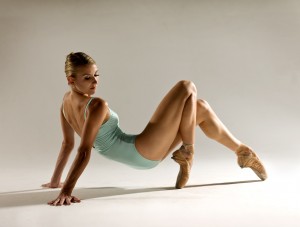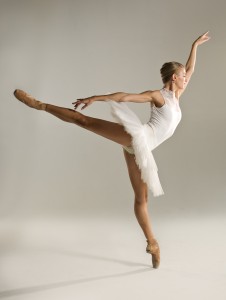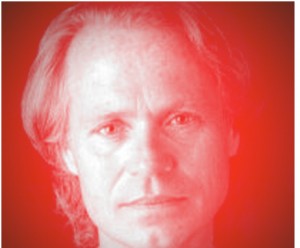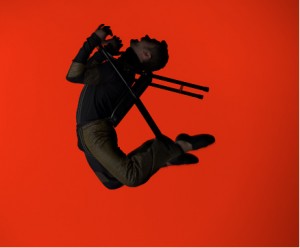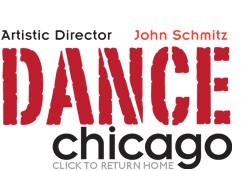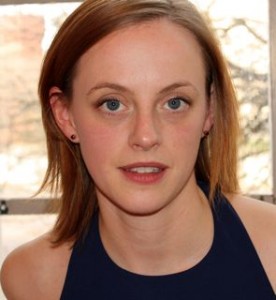Today’s “10 Questions With…” features a young dancer at the beginning of his career. Please welcome Mark Deler…
1. How did you become involved with dance?
I became involved in dance when i was 16 years old. I was in my room listening and dancing to some Michael Jackson and I did one of his big leg kicks. I noticed that for not much training I could kick pretty high and pick up movement rather quick. In high school (Riverside Brookfield HS) I was approached by the dance team, Orchesis, because they were in need of men.
They asked and I said of course, how was I going to deny five pretty girls lol.
That’s when I started and I’ve never looked back.
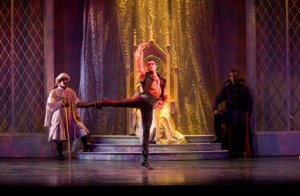
2. What has your dance experience been like so far?
I am currently a Junior dance major at the University of Illinois Urbana – Champaign. I’ve been trained by Sergey Kozadayev from the Salt Creek Ballet for the past few summers. And other than dancing in high school my junior and senior year, under Mindy Haines, that has been the extent of my training.
I’ve been lucky enough to be accepted to the U of I and the professors and instructors there have made my experience in dance a relatively flawless one.
3. What do you love most about dance?
Oh wow haha! I love the performative aspect of it. When I am dancing I like to think that 4th wall isn’t there. I like to believe that in my dancing I am not dancing for them, rather it’s a collaboration between us. Like a conversation that I know the answers to, but they have the questions.
4. What is the biggest challenge you face (or have faced) in dance?
I’ve had a few minor injuries, but nothing to that took me out for too long.
As far as technique, I have been working on my dynamics and range. I have the sort of energy that is very high octane and it has been known to get me into trouble, whether it’s with messing up the step, being late, or getting injured. A professor of mine once told me that even though my energy was beautiful and captivating, that being high octane the whole time can only get monotonous and boring. This really hit home for me and so to this day and maybe for forever I will continue to work on my quality changes.
5. Do you have any favorite dancers?
My all time favorite dancer is Carlos Acosta. He embodies such grace and such power at the same time that I find no other to compare. Being 6 feet tall I know what it’s like as tall person to dance and keep up with smaller quicker people. He inspires me to keep to trying because if he can do it being that tall why can’t I?
6. Can you share a highlight from your dancing thus far?
The highlight of my dancing so far has all come from being at U of I. I’ve been blessed to have been chosen do so many different styles of work and don’t regret any show or piece I have been in. I’ve gone to the extremes of performing collaborations with actors to being The Russian in The Nutcracker.
7. What do you think are the most important qualities you need to have to be a dancer?
In no order, I think patience (but not too patient), open-mindedness, confidence, energy, passion, and determination are the most important qualities to have. If you have all these qualities with some good technique I believe that’s all you need. Oh and connections, the dance world is surprisingly small, so be courteous to everyone you meet.
8. Do you think that dance can prepare you for other things in life? If so, how?
Yes, because dance can lend itself to so many different facets of life. It teaches you how to be social with others, how to be in tune with your body, how to maintain a healthy lifestyle, and how to express yourself in any emotion you choose.
9. As a man, is there anything in particular you can share with other male dancers that would be helpful?
For new coming male dancers like me, especially if you start late, It is very important to not just mimic or copy your female dancers. Although it is very important to have the right step it is equally, if not more important, to embody a sense of masculinity both physically and mentally. Versatility is also key.
Some instructors or choreographers don’t always no what we can do and it is our job to show them what we can do.
10. What is coming up next for you?
I still have two more years here at the U of I so I will be here. I also perform with the Champaign-Urbana Ballet and I plan on being in their upcoming Nutcracker, preferably as the Russian again!
Bio: Mark Deler, age 20, is currently a dance major at the U of I. He began his training in high school when he was 16 and a year later auditioned for the U of I to where he was accepted. He has performed many different roles ranging from The Russian in The Nutcracker to singing ‘Beauty School Dropout’ in Grease. Post graduation he aspires to make a career in performance.






